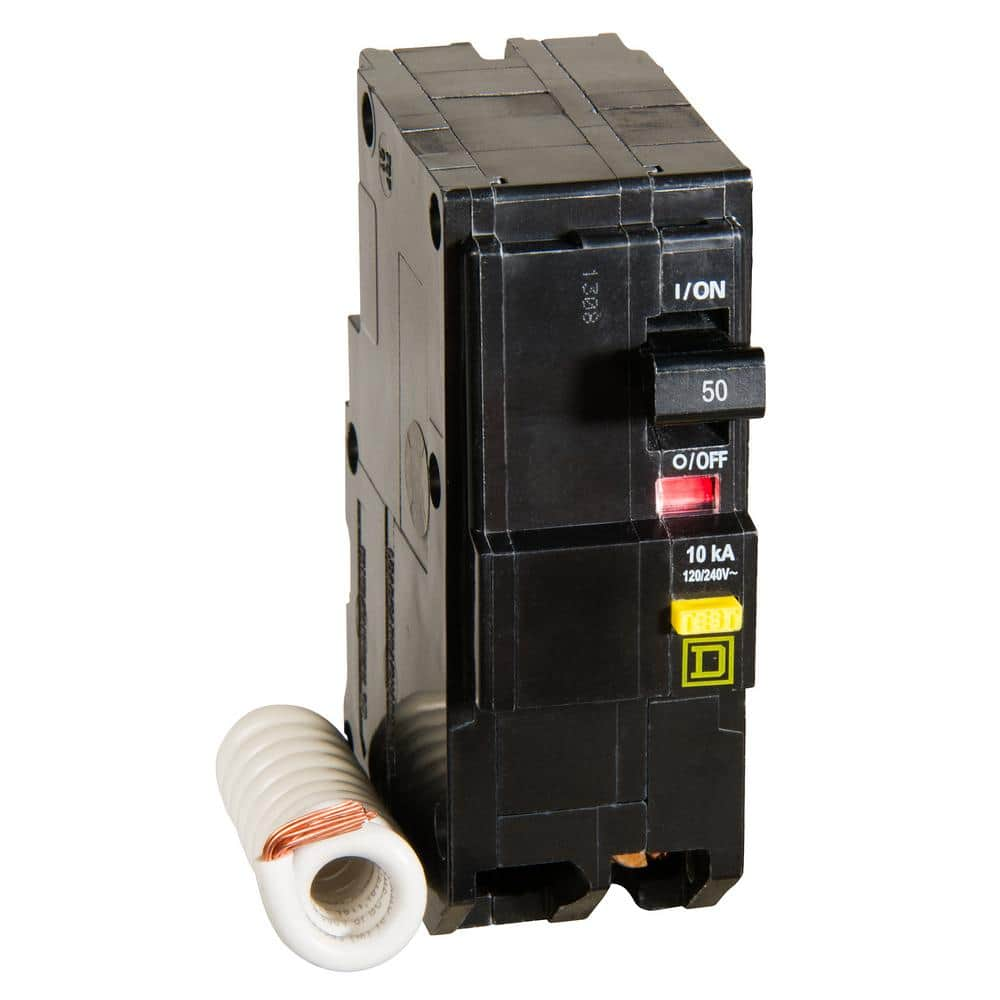After owning a Tesla Model 3 LR for ~18 months, I finally installed a 240V outlet to get much faster charging at home than with the 120V standard. 120V will only charge at around 3-5 miles per hour. 240V will charge at around 25-30 miles per hour, so huge difference! While I didn't have an issue with 120V charging, I do feel much better with the faster charging.
The most challenging part was the installation of over 110ft of 3/4" metal conduit and 6 gauge cable.
I made a video to review every part of this install providing a bunch of tips, show my strange initial charging results and then discuss whether you really need a 240V outlet:
The most challenging part was the installation of over 110ft of 3/4" metal conduit and 6 gauge cable.
I made a video to review every part of this install providing a bunch of tips, show my strange initial charging results and then discuss whether you really need a 240V outlet:
- Install Garage Conduit - I discovered how difficult it is to pull 6 gauge cable through conduit. Luckily I tried this in the garage and learned before installing more conduit.
- Install House Conduit - By far the most work as I had to work from one corner of the house to the other, through a crawl space and then finished basement.
- Wire Fuse Panel - Scary, but doable.
- Wire New Outlet - Easy. Just like in the fuse panel, though, twist and turn the wires multiple times while re-tightening. Seems like a real easy and dangerous thing to miss as tight connections are a must with this amount of amperage.
- Test New Outlet
- Plug In Tesla Charger
- Strange Issue - Not sure why it took the computer so long to recognize the increased charging rate.
- Do You Need a 240V Outlet? Depends, but I lived without one for over a year.
- Should You Buy the Tesla Wall Charger? In my opinion, no, save your money. Unless you're driving so much that you need to come home to quickly charge in the middle of your day, I fail to see the need.



